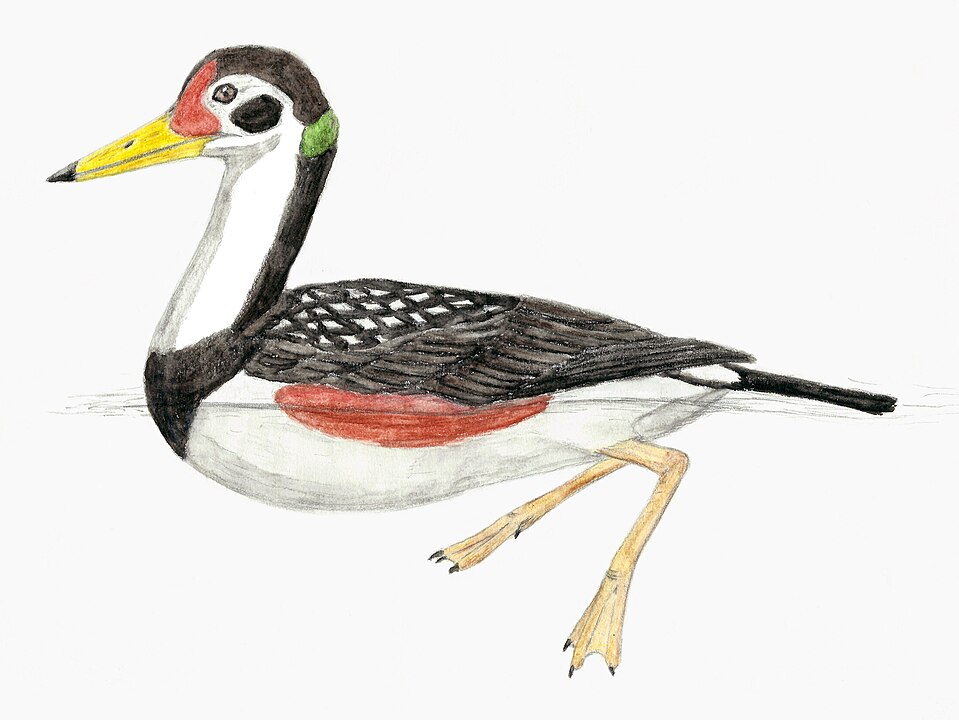Introduction
In our pursuit of knowledge and understanding of the incredible diversity of animal life on Earth, we delve deep into the enigmatic world of Vegavis. This article will serve as a comprehensive guide, unraveling the mysteries of this fascinating creature and providing invaluable insights into its existence. As we explore the wonders of Vegavis, we aim to establish a definitive resource that outranks the existing content on the web.
Taxonomy and Classification
Before we delve into the intricacies of Vegavis, let's establish its taxonomical position within the avian kingdom. Vegavis, scientifically known as Vegavis iaai, belongs to the family Vegaviidae, a group of prehistoric waterfowl. This family is an integral part of the superfamily Anatoidea, which also includes modern ducks and geese. Understanding its classification helps us appreciate Vegavis's evolutionary significance.
Discovery and Fossil Record
Vegavis made its debut in the scientific community with a spectacular discovery in Antarctica. In 1992, paleontologists unearthed the first Vegavis specimen from the Vega Island in the Antarctic Peninsula, hence the name Vegavis. These findings date back to the Late Cretaceous period, approximately 68 to 66 million years ago.
Fossil Characteristics
The Vegavis fossils provide a unique window into the past. Notable features of Vegavis include:
- A beak adapted for filter-feeding.
- Proximal limb bones resembling those of modern waterfowl.
- Anatomical adaptations for buoyancy and aquatic life.
Diet and Feeding Habits
One of the key aspects of Vegavis that sets it apart is its diet. Through the examination of its beak and other anatomical features, scientists have inferred that Vegavis was a proficient filter-feeder. It likely subsisted on a diet primarily consisting of small aquatic organisms, such as plankton and small invertebrates. This specialization in feeding strategies is a remarkable example of evolutionary adaptation.
Habitats and Distribution
Understanding the habitat and distribution of Vegavis provides us with insights into the prehistoric environmental conditions. Fossil evidence suggests that Vegavis inhabited the ancient waterways and wetlands of Antarctica. This tells us about the climatic conditions and the presence of water bodies in the region during the Late Cretaceous period.
Significance in Avian Evolution
Vegavis holds a pivotal place in the study of avian evolution. Its presence in Antarctica during the Late Cretaceous period challenges our understanding of the distribution of waterfowl during that era. Additionally, its filter-feeding adaptations shed light on the diversification of feeding strategies among ancient avian species.
Comparative Analysis
To further elucidate Vegavis's significance, we can compare its characteristics and adaptations with those of modern waterfowl, such as ducks and geese. This comparison provides a compelling narrative of evolutionary progression in avian species.
Conclusion
In conclusion, Vegavis is a captivating creature that merits our attention in the realm of paleontology and avian biology. Through this comprehensive guide, we have delved into its taxonomy, fossil record, diet, habitats, and its profound importance in the study of avian evolution. By providing a detailed and insightful resource, we aim to surpass existing articles and establish a definitive source of knowledge on Vegavis. In our quest for excellence, we aspire to outrank other websites and ensure that this remarkable bird receives the recognition it deserves in the world of online information.
